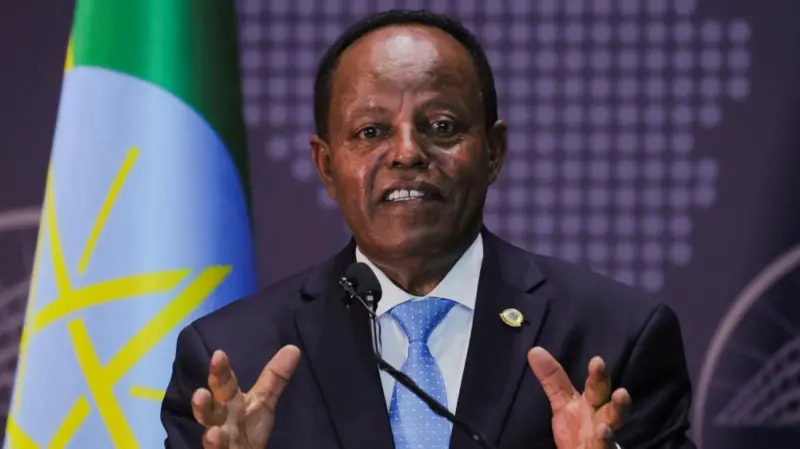Ethiopia’s Economic Expansion in 2024/25: Driving Growth and Stability
Ethiopia achieved significant economic growth, with an impressive 8.8% expansion in the 2024/25 fiscal year. This remarkable performance was fueled by robust development across key sectors and a staggering 116% increase in export earnings that reached a milestone of $8.3 billion. This information was shared by President Taye Atske Selassie during a recent address to lawmakers in Addis Ababa.
Projected Growth for the Current Fiscal Year
Looking ahead, the Ethiopian government has set ambitious targets, projecting growth to reach 9% for the current fiscal year, which commenced on July 8. President Atske Selassie emphasized the importance of ongoing reforms and improving macroeconomic conditions as essential elements for sustaining this growth trajectory.
“This year, the government will consolidate and raise the growth rate to 9 percent by strengthening macroeconomic stability and broadening growth across key sectors,” he remarked.
Key Sectors Driving Growth
The previous year’s growth can be primarily attributed to the stellar performance of several sectors, including industry, agriculture, mining, and construction. Notably, industrial productivity surged from 59% to 65%, a clear indication of advancements under the government’s homegrown economic reform agenda designed to enhance efficiency and competitiveness.
Implementing Reforms to Boost the Economy
Over the past two years, Ethiopia has engaged in extensive reforms aimed at modernizing its economy. Key initiatives include floating the birr currency, allowing foreign investment in the banking sector, and lifting restrictive export laws. These strategies aim to attract investment and bolster the private sector.
Export Performance as a Growth Driver
A pivotal element of last year’s success was the historic $8.3 billion in export revenue, showcasing a revitalization in foreign trade. The government plans to further diversify the economy and enhance its export base to maintain this positive momentum.
Addressing Inflation and Financial Stability
Despite significant growth, inflation remains a critical issue. The annual inflation rate decreased to 13.9% in 2024/25 from 19.9% the previous year, although it still exceeds target levels. The government is now aiming for single-digit inflation by 2025/26, a goal crucial for safeguarding household purchasing power and ensuring a stable environment for business activities.
Improved Access to Credit
President Atske Selassie also highlighted the increasing accessibility of credit as a sign of enhanced financial stability. The total loans disbursed by the banking sector reached 822.8 billion birr, with 77% of these funds allocated to the private sector. This trend indicates enhanced support for productive enterprises.
Sustaining Economic Growth
To sustain this growth, the government emphasizes the importance of prudent fiscal management, the expansion of private investments, and continued export diversification. Emerging initiatives, such as a large-scale fertilizer plant, are expected to transform the agricultural sector, pushing the country closer to food self-sufficiency.
Building a Resilient Economy
The overarching theme of the government’s economic agenda focuses on building resilience, enhancing key infrastructure, and ensuring that ongoing reforms lead to widespread prosperity among the populace.
In summary, Ethiopia’s ambitious economic strategies and impressive growth rates signal promising developments. By continuing on this path, the nation is poised to establish a more stable and prosperous economic future.
For more insights into Ethiopia’s economic situation and ongoing reforms, refer to Birr Metrics and Finance in Africa.
